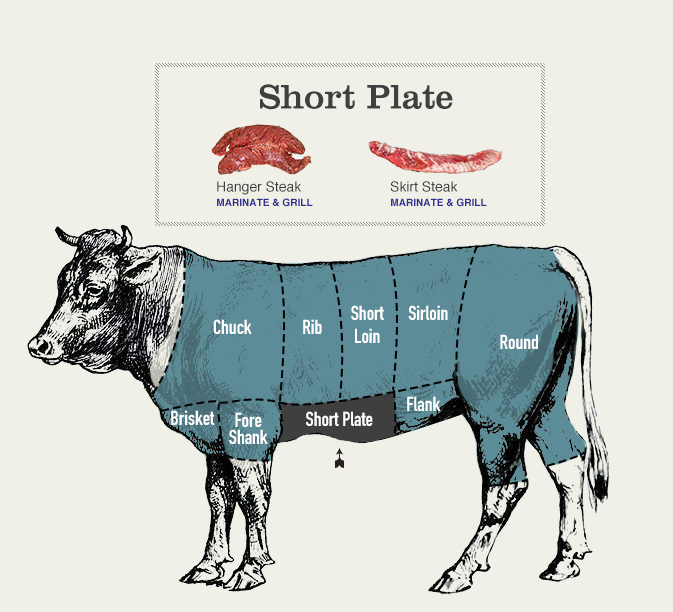
Steak, a culinary staple enjoyed globally, tantalizes taste buds with its rich flavor and satisfying texture. But have you ever wondered about the source of this beloved cut? While many assume steak comes solely from cows, the truth is that both cows and bulls contribute to our plates. Understanding the subtle differences between these two bovine sources can elevate your steak experience. This article delves into the nuances of cow vs. bull steak, exploring their flavor profiles, tenderness, culinary applications, and ultimately, how to choose the perfect cut for your next meal.
Cow vs Bull Steak
At its core, the distinction lies in the animal’s sex. A “cow” refers to a mature female bovine that has given birth, while a “bull” is an adult male. This biological difference translates into variations in muscle structure and fat content, ultimately influencing the taste and texture of the steak.
Cows are typically raised for beef production, with their diet consisting primarily of grass and grains. This balanced nutrition contributes to a leaner meat profile with a milder flavor. Bulls, on the other hand, are often raised separately and may have a more robust diet, resulting in a richer, more intense flavor.
Flavor Profile Differences

The most noticeable difference between cow and bull steak lies in their flavor profiles. Cows tend to produce steaks with a milder, more delicate taste, often described as buttery or slightly sweet. This subtle flavor allows for greater versatility in pairing with various sauces and seasonings. Bulls, conversely, offer a bolder, earthier flavor that can be quite robust. Their meat carries a deeper, almost gamey note, making it ideal for those who prefer a more intense culinary experience.
Factors Influencing Flavor
Beyond the inherent differences between cows and bulls, several factors contribute to the final flavor profile of the steak. These include:
- Breed: Different breeds of cattle have distinct genetic characteristics that influence their meat’s taste. For example, Angus beef is known for its rich marbling and flavorful profile, while Hereford beef tends to be leaner with a milder taste.
- Diet: The animal’s diet plays a crucial role in shaping its flavor. Grass-fed beef often has a more pronounced grassy or earthy note, while grain-finished beef tends to be sweeter and more tender.
- Aging: Dry-aging the meat for several weeks enhances its flavor by concentrating the natural juices and breaking down tough proteins.
Tenderness Comparison
When it comes to tenderness, both cow and bull steaks can offer a delightful experience. However, certain factors influence their texture. Cows generally produce more tender cuts due to their lower muscle mass and less strenuous lifestyle compared to bulls. Bulls, on the other hand, tend to have tougher meat due to their larger muscles and active nature.
Factors Affecting Tenderness
Several factors contribute to the tenderness of a steak:
- Cut: Certain cuts are naturally more tender than others. For example, ribeye and filet mignon are known for their exceptional tenderness, while chuck roast is a tougher cut that requires longer cooking times.
- Marbling: The amount of intramuscular fat (marbling) significantly impacts tenderness. Well-marbled steaks are more flavorful and melt in your mouth due to the fat rendering during cooking.
- Cooking Method: Proper cooking techniques are essential for achieving tender steak. Overcooking can result in a dry, tough texture, while sous vide or reverse searing methods help retain moisture and create a succulent experience.
Culinary Uses

Both cow and bull steaks offer a wide range of culinary possibilities. Cows provide versatile cuts suitable for grilling, pan-searing, roasting, or even braising. Their milder flavor profile pairs well with various sauces and seasonings, making them adaptable to diverse cuisines. Bulls, with their robust flavor, shine in hearty dishes like stews, roasts, or grilled steaks seasoned simply with salt and pepper.
Popular Cuts
Some popular cuts of steak from both cows and bulls include:
- Ribeye: Known for its rich marbling and buttery flavor, ribeye is a favorite for grilling or pan-searing.
- Filet Mignon: This tender and lean cut is prized for its delicate flavor and melt-in-your-mouth texture.
- New York Strip: A flavorful and well-marbled cut with a firm texture, perfect for grilling or pan-searing.
- T-Bone: This bone-in steak features both tenderloin (filet mignon) and strip steak, offering a combination of flavors and textures.
Choosing the Right Cut
Selecting the perfect steak depends on your personal preferences and intended culinary application. Consider these factors:
- Flavor Profile: Do you prefer a milder or bolder flavor? Cows offer a more delicate taste, while bulls provide a richer, earthier experience.
- Tenderness: If you desire melt-in-your-mouth tenderness, opt for cuts like ribeye or filet mignon. For tougher cuts, consider braising or slow cooking methods.
- Cooking Method: Different cuts are suited for various cooking techniques. Ribeye and strip steak are excellent for grilling, while chuck roast is ideal for braising.
Conclusion
Understanding the nuances of cow vs. bull steak can elevate your culinary experience. While both sources offer delicious and versatile cuts, their distinct flavor profiles, tenderness levels, and culinary applications cater to diverse preferences. By considering these factors, you can confidently choose the perfect steak to satisfy your taste buds and create a memorable meal.
